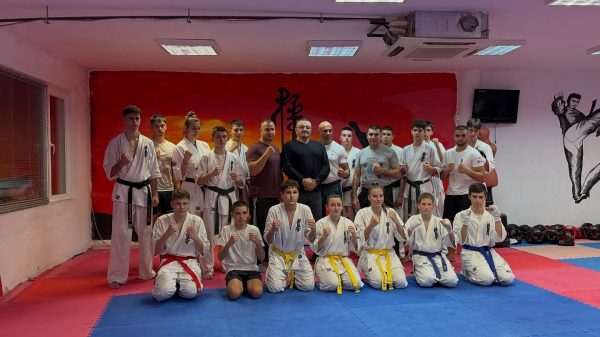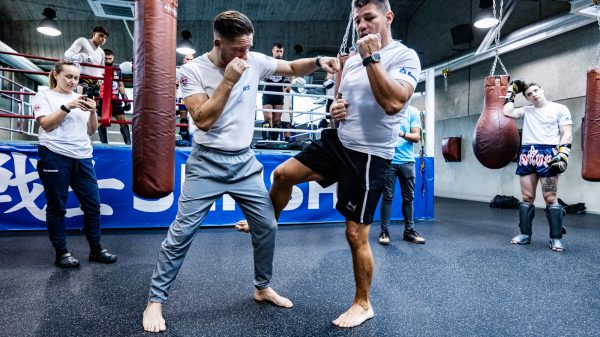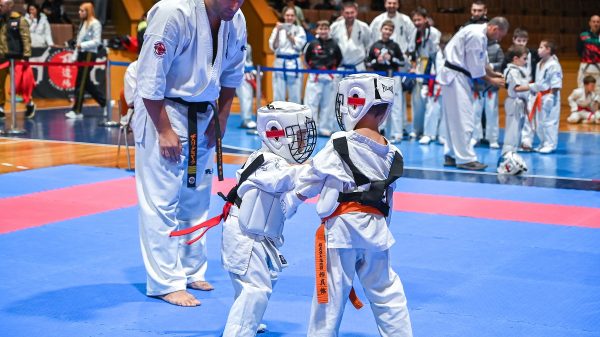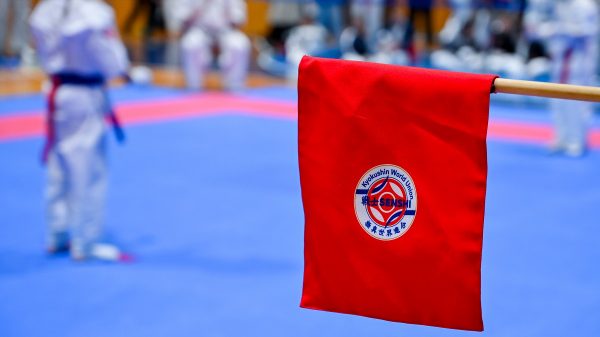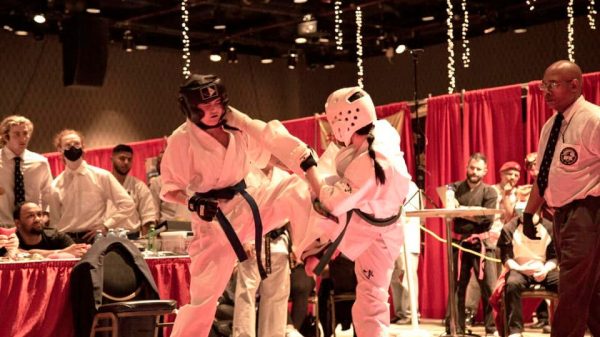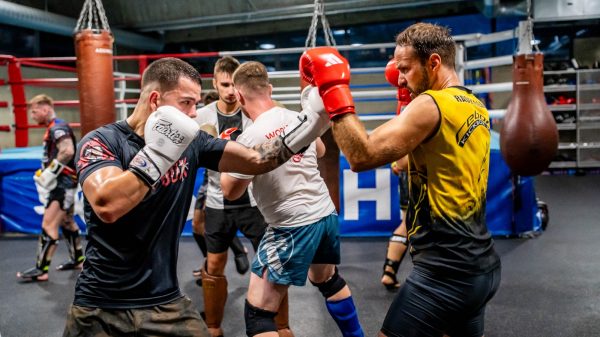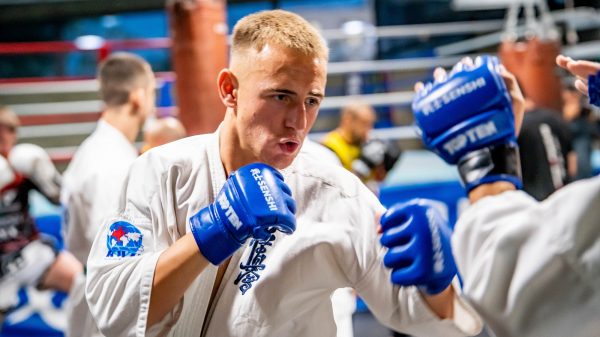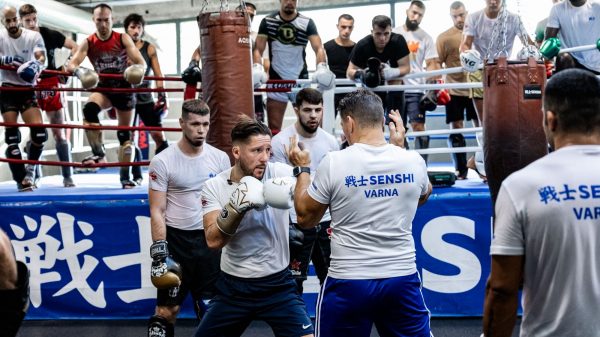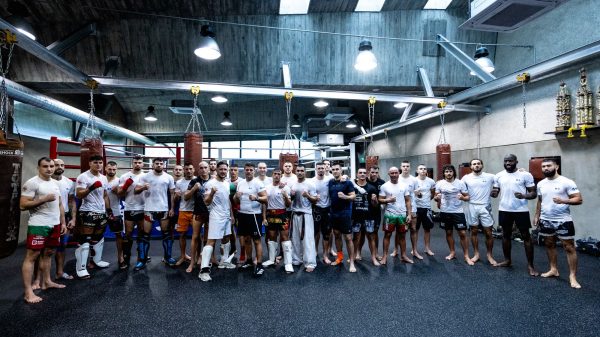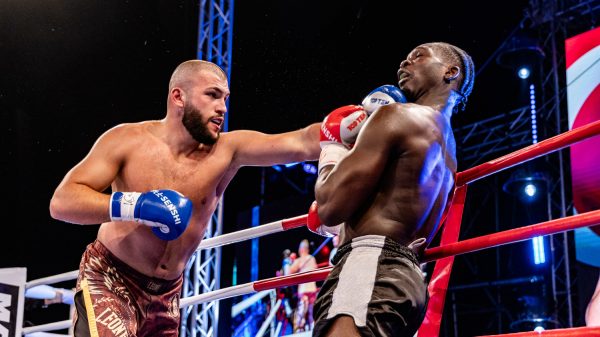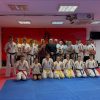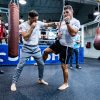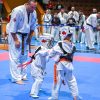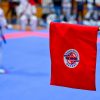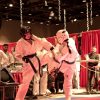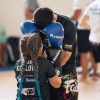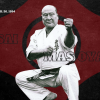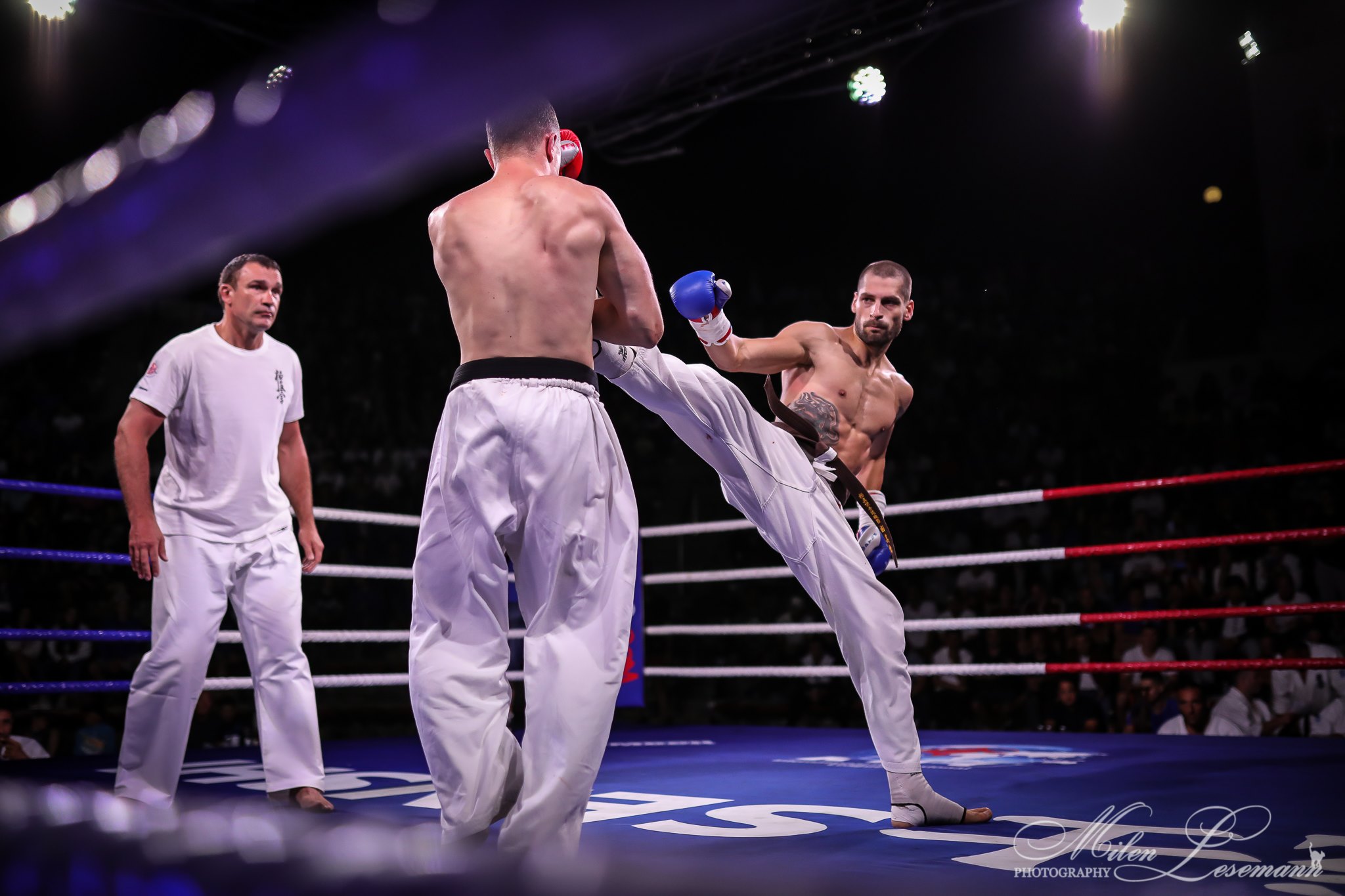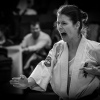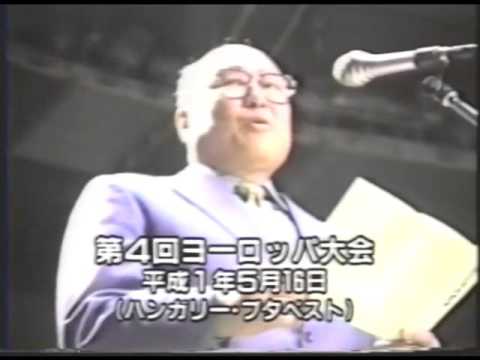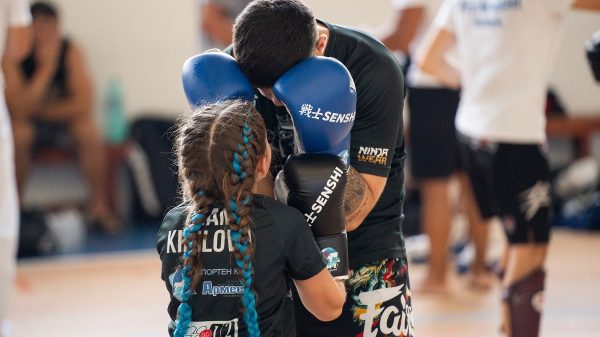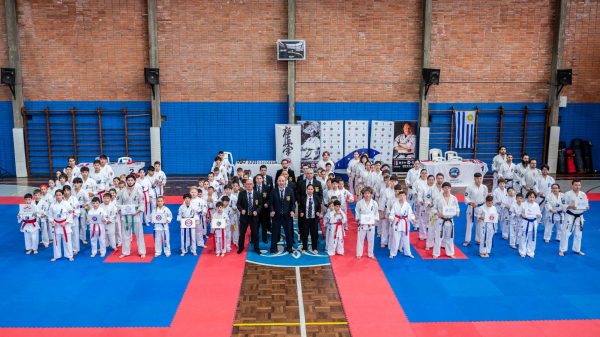There is no shortage of stories about legendary Japanese samurai warriors in modern pop culture; but most stories only feature the male ones.
Contrary to popular belief, female samurai existed and were just as fierce and skillful as their male counterparts.
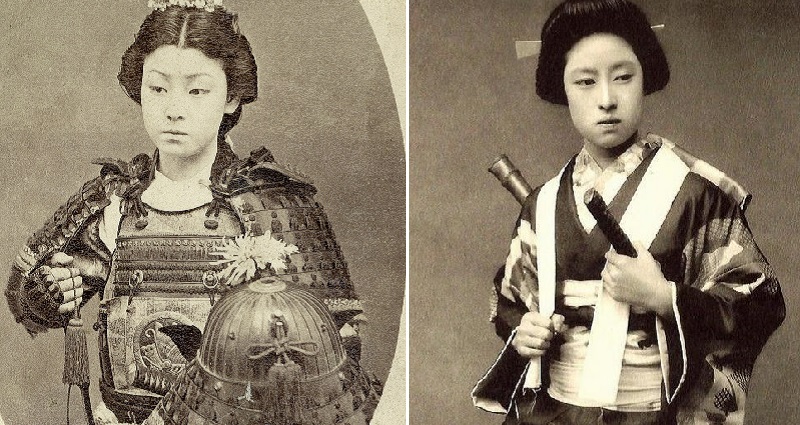
Called the onna bugeisha, these deadly warriors were similarly trained in combat, self-defense and skillful use of weaponry, according to Japan Times.

A popular weapon of choice among the onna bugeisha is the pole-mounted Japanese blade called a naginata. They were also trained in the knife fighting art of tantojutsu, using a dagger known as the kaiken.
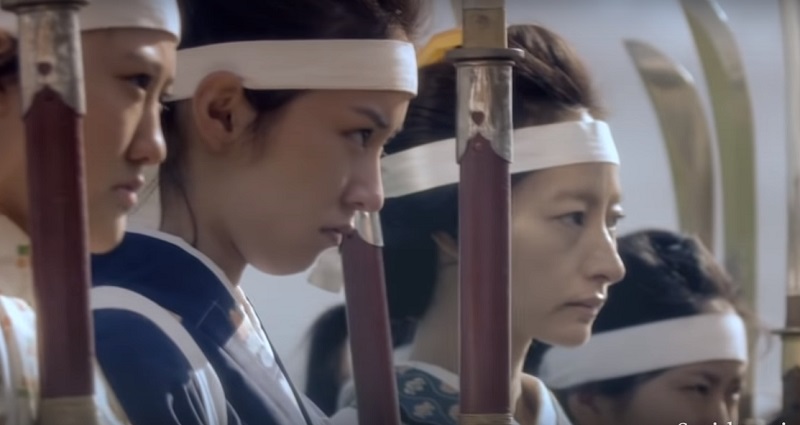
Held to the same standards, both male and female samurai warriors were expected to perform the same duties, so they often fought alongside each other in the earlier periods such as the Heian and Kamakura.
Among the few female members of the samurai class who became prominent were Tomoe Gozen and Hangaku Gozen.
According to “The Tale of the Heike”:
Hangaku Gozen, who once commanded 3,000 warriors to defend against an army of 10,000 soldiers loyal to the Hōjō clan, has been described in Japanese literature to be as “fearless as a man and beautiful as a flower.”

Other female warriors were tasked to protect their homes instead of going to the battlefield. They were trained to be skilled in weapons that could effectively defend against invaders on horseback.
Historian Stephen Turnbull wrote in “Samurai Women 1184-1877” that, “the archaeological evidence, meager though it is, tantalizingly suggests a wider female involvement in battle than is implied by written accounts alone.”
However, a huge shift to the status of women in Japanese society would come at the beginning of the 17th century (Edo period).
Expected to live a life of passive obedience, daughters of noblemen and generals were eventually forbidden from partaking in battle and even traveling.
Interestingly, under the authoritarian rule of the Tokugawa shogunate in the mid-17th century, schools were opened around the Empire to teach the art of the naginata to women as a method of moral training.
In the late 19th century, another legendary onna bugeisha named Nakano Takeko would lead a special female group of warriors known as the Jōshitai. Nakano, who also wielded a naginata, had a kill count of 172 samurai. She died of a bullet wound while leading a charge against Imperial Japanese Army troops of the Ōgaki Domain.

The actions of Nakano and her band of female fighters of the Joshigun are still commemorated today during the annual Aizu Autumn Festival.
Every year in September a group of young girls wearing hakama and shiro headbands take part in the procession in their honor.
Featured image via aikidoromanord.org


